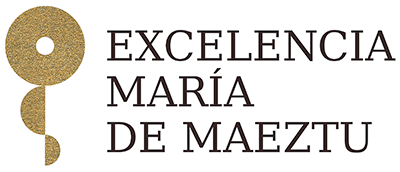Among the things the efficiency of democratic and economic systems depends on is the accuracy of individual beliefs. One potential threat to such accuracy steams from the fact that a large share of information on which people base their beliefs is provided by intermediaries – such as television, newspapers, or Internet – who might themselves have some interest in the behaviour of the receivers. One common example of such situation is when news media are captured by a political party. This raises an important question: how strongly can media affect and potentially distort public perceptions?
In recent research, Luigi Minale and Nicola Mastrorocco (Trinity College Dublin) tackle this question and examine the role of media in affecting individuals’ perceptions about crime, while exploiting a natural experiment from Italy. Crime perceptions are a very interesting case to look at. Indeed, one puzzle economists have is that crime perceptions do not seem to follow the evolution of actual crime: crime rates are on a decreasing trend in many western countries, however, often citizens believe crime is going up. Have news media something to do with that?
Of course, empirically demonstrate that media can affect crime perceptions is a very challenging task because individuals self-select into media outlets according to their news content. In the first part of the study, Minale and Mastrorocco document how a specific group of traditional TV channels seem to systematically over-represent crime news compared to others. They then test if individuals revise their perceptions about crime once exposure to these channels is reduced. In order to identify the causal effect, they exploit a natural experiment: the staggered introduction of the digital TV signal which led to a drastic and sudden drop in the viewing shares of traditional channels. They find that the increase in the number of available TV channels – and the consequent lower exposure to crime news-intensive channels – led individuals to revise downward their perceptions about crime. Such effects are larger for individuals who spend more time watching television while using less frequently other media such as internet, radio and newspapers. These individuals, by gathering information mainly through TV and placing high weight to information coming from it, respond more to changes in its content. Indeed, individuals aged above 50 drive most of the results.
Importantly, when the exposure to high crime news-reporting channels is reduced, perceptions about crime seem to follow more closely movements in actual crime rates, suggesting an increase in the accuracy of beliefs. Further, they find that local expenditure in police decreases after the switchover, consistently with local policy makers responding to changes (decrease) in crime concerns. Finally, the lower exposure to high crime news-reporting channels has a negative effect on the centre-right coalition share of votes in the 2010 elections. This result is consistent with concerns about crime being an issue owned by the same centre-right platforms that, because of this reason, might have an incentive to push crime and security high up in the ranking of priorities during an electoral campaign.
The paper, recently published by the Journal of Public Economics, is available electronically.
